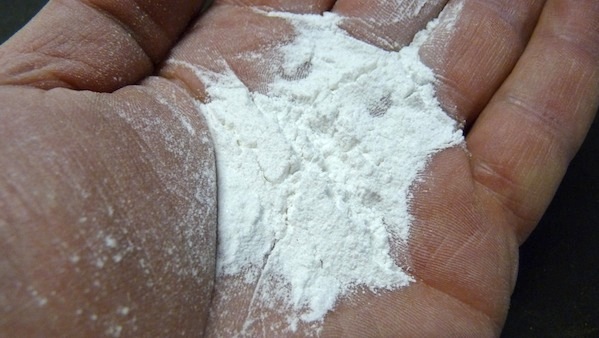Mastering Roof Inspections: Asphalt Composition Shingles, Part 3
by Kenton Shepard and Nick Gromicko, CMI®
Asphalt Composition
Asphalt which is used to manufacture shingles may be blended by the shingle manufacturer, or it may be bought from an asphalt supplier already blended. The methods for mixing and applying asphalt are proprietary and manufacturers do not provide information about either process.
The performance characteristics of asphalt vary according to the type and proportion of ingredients added when the asphalt is mixed.
Crude Oil
One of the ingredients of asphalt that can affect asphalt quality is the crude oil from which it’s made. Crude oil may be heavy or light. Light crude flows more easily than heavy crude. Crude oil may also be sweet or sour. Sour crude has higher a level of sulfur. Heavy, sour crude is considered to be of lower quality.
Asphalt quality is affected by both the chemical composition of the crude and the process used to refine it.
Asphalt is one of the lower-value products produced from crude. As the price of oil continues to rise, efforts to extract a larger percentage of higher-value products from each barrel of oil will continue to increase. The price of asphalt will continue to increase, and manufacturers will always look for ways to control costs. Some solutions may result in a reduction of the quality of asphalt by some manufacturers. An example is the use of excessive amounts of filler.
Filler

Asphalt alone is not durable enough for use as shingles. Finely-ground minerals are added to the asphalt mix as filler, sometimes called a “stabilizer.” These fillers toughen the asphalt and improve its resistance to cracking. Common fillers are limestone and dolomite.

High-performance fillers maximize heat-transfer, helping to keep shingles cooler and extend their lifespan.
Adding filler also reduces the cost of manufacturing. Up to 70% of filler may be added, depending on various factors. Too much filler reduces shingle quality.
Quality Control
In the past, ingredients used in the wrong proportions have been a concern. This problem no longer exists, since the measurement, addition to the asphalt mix, and the blending process that used to be controlled by people are now all controlled by computer.
Asphalt Standards
The ASTM provides standards for asphalt used in shingles, but compliance is not mandatory, and you will not be able to tell by simply looking at shingles installed on a roof whether they comply with any standards. The 2010 standards address the softening point of the asphalt, and the minimum amount of filler used in manufacturing each shingle.
Thickness
The thickness of the asphalt layer affects shingle performance. Shingles with a thicker asphalt layer resist fracture better than similar shingles with a thinner layer.
Thickness varies among manufacturers, and even among different products by the same manufacturer.
ASTM standards require a minimum of 15 pounds of asphalt for every 100 square feet of shingles. This is not per square of installed shingle, but of actual shingle material.
**************************************************
Learn how to master a roof inspection from beginning to end by reading the entire InterNACHI series: Mastering Roof Inspections.
Take InterNACHI’s free, online Roofing Inspection Course
Mastering Roof Inspections
Roofing Underlayment Types
Inspecting Underlayment on Roofs
Fall-Arrest Systems
Roofing (consumer-targeted)
More inspection articles like this

